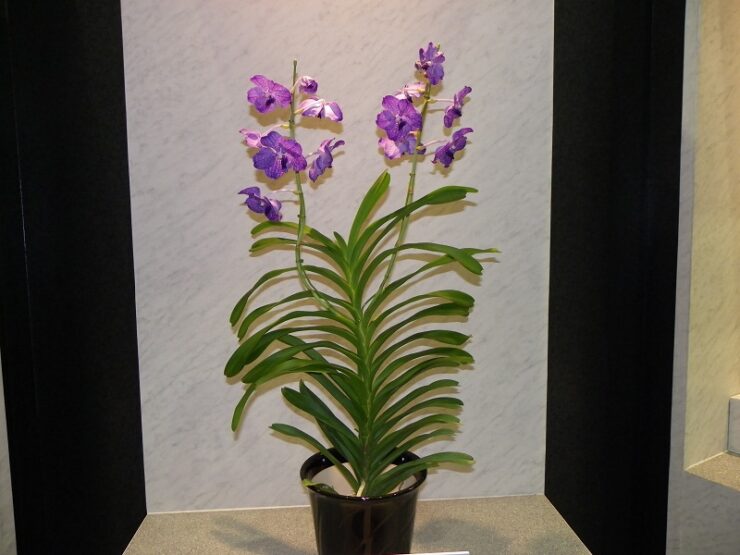In this article, we will explore the elegance and importance of the June birth-orchid, known as the Vanda, which holds a distinguished place in the realm of flowers and is highly admired for its captivating appearance and cultural symbolism.
The Vanda is a favored choice among orchid aficionados due to its intricate, yet eye-catching appearance, with petals that come in a range of colors from blue and purple to orange and red.
Beyond its beauty, this orchid also carries cultural significance in various parts of the world, with some cultures believing it symbolizes strength, wisdom, and beauty, while others consider it a symbol of purity and innocence.
As we delve deeper into the June birth-orchid, we will uncover the diverse meanings and traditions associated with this extraordinary flower.
